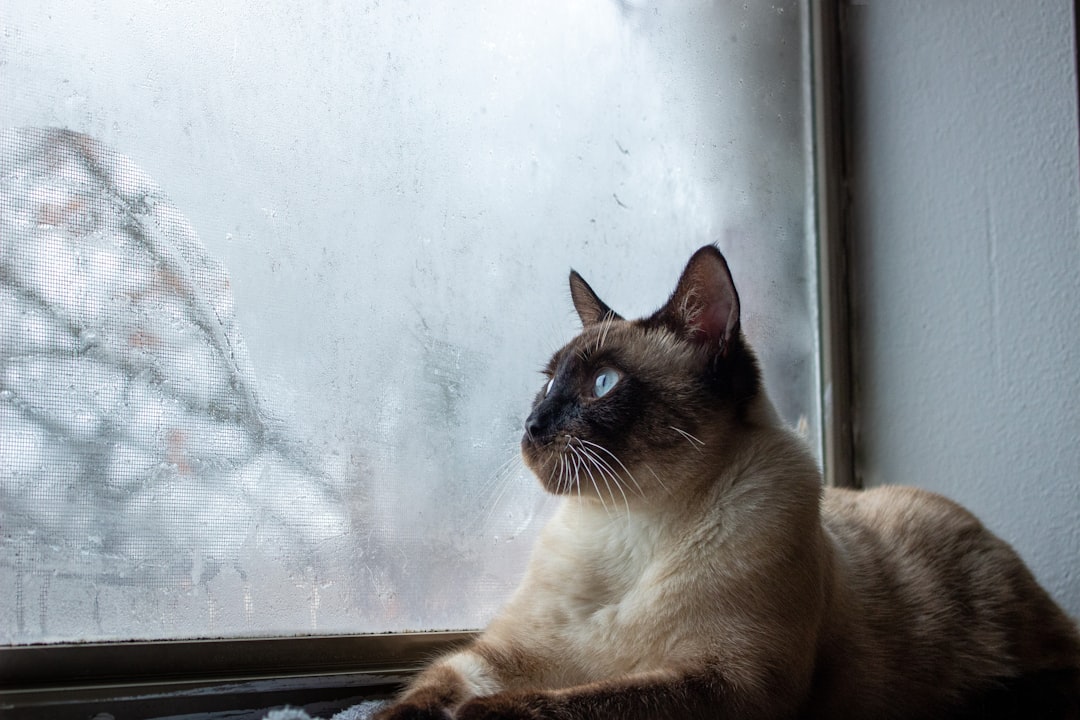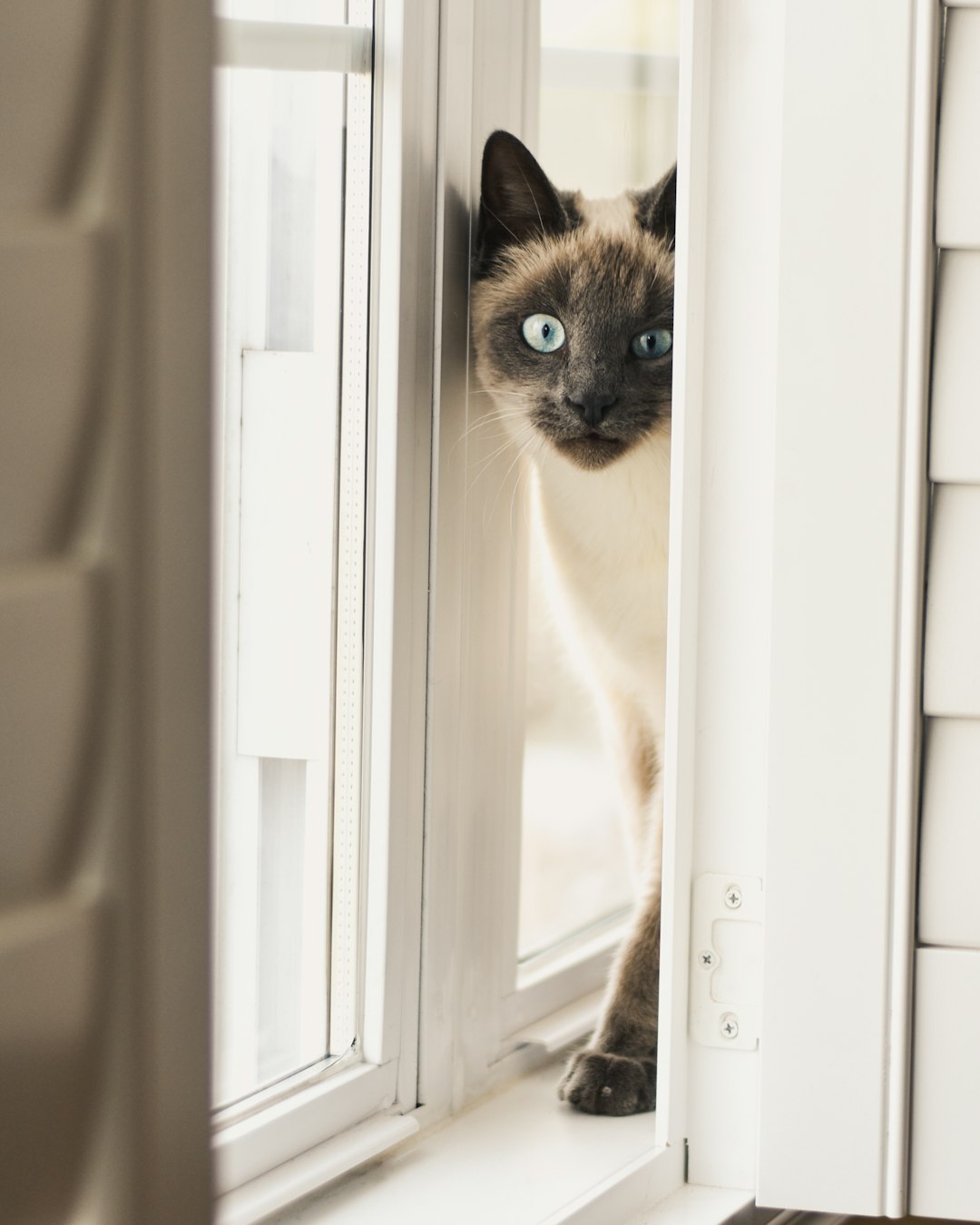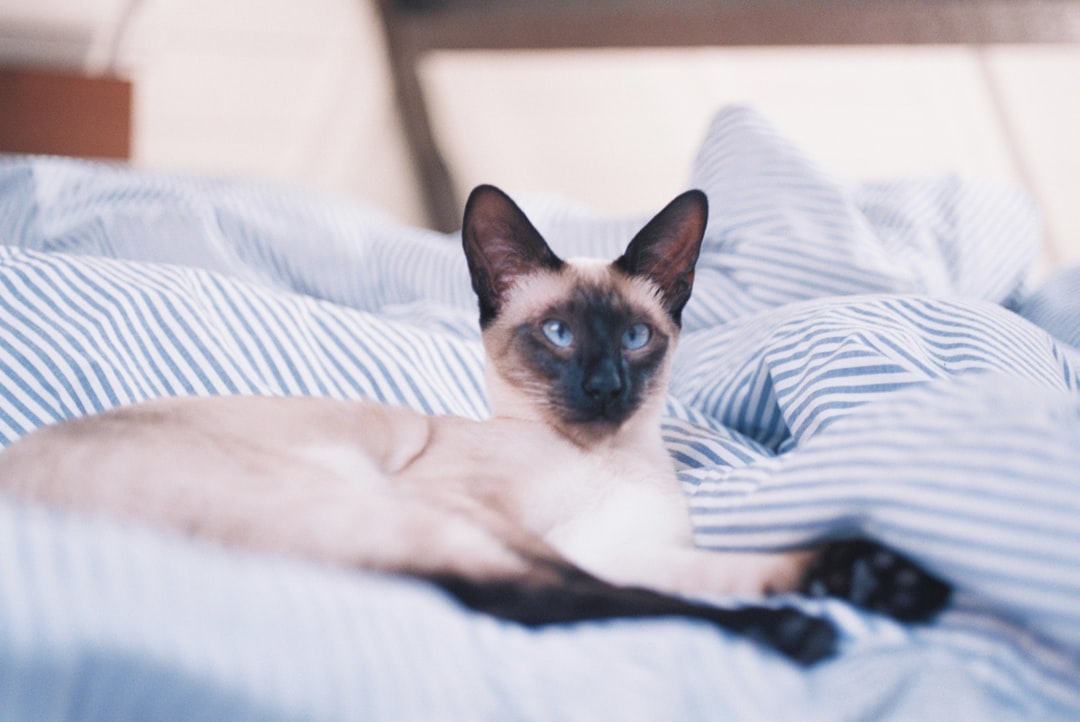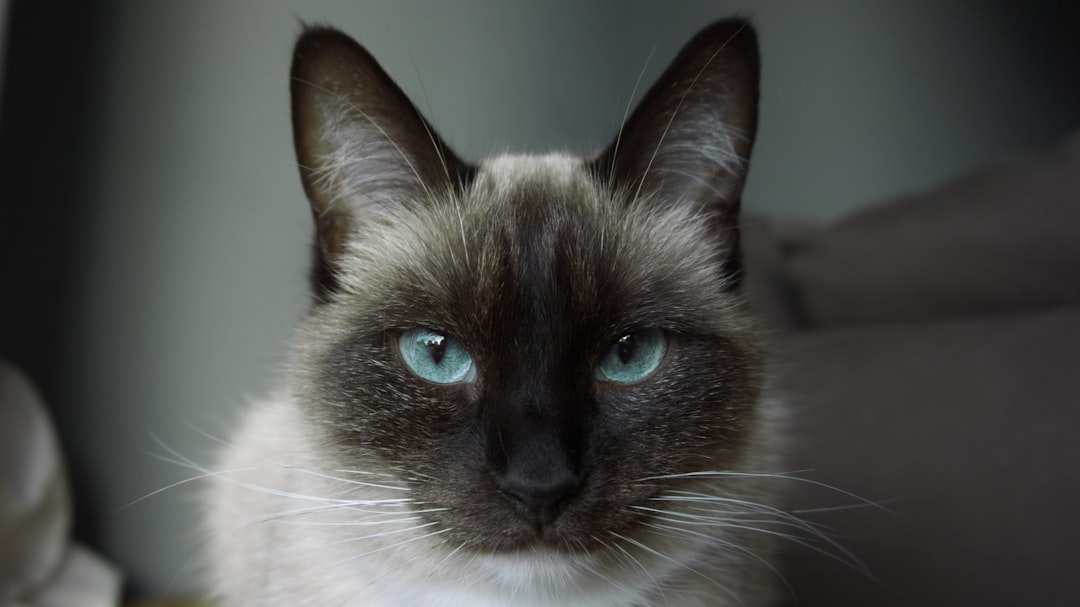Geoffroy’s cat, an intriguing and lesser-known species of feline, captivates wildlife enthusiasts with its unique characteristics and behaviors. Native to the grasslands and forests of South America, this small wild cat thrives in diverse habitats. In exploring the fascinating world of Geoffroy’s cat, we uncover not only its remarkable physical traits and hunting strategies but also its cultural significance in various societies. Join us as we delve into the extraordinary life of this elusive creature, revealing its mysteries and the conservation challenges it faces today.
Introduction to Geoffroy’s Cat
Geoffroy’s cat (Leopardus geoffroyi) is a captivating wild feline native to South America. This small yet striking cat has garnered attention due to its unique features and behaviors. Here are some key points to consider:
- Habitat: Geoffroy’s cat inhabits a variety of environments, including grasslands, forests, and scrublands, primarily found in Argentina, Brazil, and Chile.
- Size: This feline is relatively small, typically weighing between 5 to 9 kg (11 to 20 lbs) and measuring about 50 to 80 cm (20 to 31 inches) in length.
- Appearance: With its distinct coat pattern, Geoffroy’s cat showcases a mix of yellowish-gray fur adorned with dark spots and stripes, allowing it to blend seamlessly into its surroundings.
In essence, Geoffroy’s cat stands out among wild felines—not just for its beauty, but also for its intriguing behavior and adaptability to various habitats. Understanding this fascinating creature is essential for appreciating its role in biodiversity and conservation efforts.

Natural Habitat and Distribution
Geoffroy’s cat (Leopardus geoffroyi) thrives in a diverse range of habitats across South America. Here’s a closer look at their preferred environments and distribution:
Geographical Range:
- Found primarily in Argentina, Brazil, and Chile.
- Inhabits grasslands, scrublands, and woodland areas.
Preferred Habitats:
- Savannas: The open spaces provide ample prey and hunting opportunities.
- Forest Edges: These areas serve as transitional zones for hunting and shelter.
- Wetlands: Geoffroy’s cat adapts well to wet habitats, showcasing its versatility.
Comparison of Habitat Preferences
| Habitat | Description | Population Density |
|---|---|---|
| Grasslands | Open fields with sparse vegetation | Moderate |
| Scrublands | Dense shrubs offering cover | High |
| Woodlands/Forests | Areas with trees, providing shelter and camouflage | Low |
| Wetlands | Marshy regions, ideal for hunting small animals | Variable |
In summary, Geoffroy’s cat displays remarkable adaptability, allowing it to occupy various ecosystems while showcasing its unique hunting strategies and behaviors. By understanding its habitat preferences, we can better appreciate the elusive nature of this uncommon feline.
Physical Characteristics
Geoffroy’s cat is a unique and striking feline, boasting distinct physical traits that make it easily recognizable. Here are some key features of this remarkable cat:
- Size: Geoffroy’s cat typically weighs between 5.5 to 9.5 pounds, making it one of the smallest wild cats.
- Body Structure: This cat has a slender, elongated body with short legs, which allows it to navigate through its natural habitat with agility.
- Fur: The coat of the Geoffroy’s cat is soft and dense, featuring a beautiful greyish-brown color adorned with dark spots and stripes, which aid in camouflage.
- Tail: Its tail, measuring about 10 to 16 inches, is thick and has several black rings, often allowing it to balance expertly during climbing.
- Eyes: The large, expressive eyes are typically yellow-green, enhancing its nocturnal vision.
In comparison to other small cats, like the domestic cat and the ocelot, the Geoffroy’s cat has a more compact build and a more intricate fur pattern. These characteristics make it a fascinating example of adaptation in the wild.
Diet and Hunting Behavior
Geoffroy’s cat is a skilled hunter, predominantly preying on small mammals, birds, and reptiles. This wild feline showcases remarkable adaptation strategies that make it an effective predator in its habitat. Here are some key points regarding the diet and hunting behavior of Geoffroy’s cat:
Diet Composition:
- Small mammals (e.g., rodents)
- Birds (e.g., ground-dwelling species)
- Reptiles (e.g., lizards)
Hunting Techniques:
- Stalking: Geoffroy’s cat employs a stealthy approach, slowly creeping towards its prey.
- Pouncing: Once close enough, this feline uses a powerful leap to catch its target.
- Nocturnal Activity: Primarily active at night, Geoffroy’s cat hunts during cooler hours, increasing success rates.
Comparison with Other Felines:
| Cat Species | Primary Diet | Hunting Style |
|---|---|---|
| Geoffroy’s Cat | Small mammals, birds | Stealthy, nocturnal |
| Domestic Cat | Varied (incl. human-provided) | Ambush, opportunistic |
| Lion | Large mammals | Cooperative, pride-based |
In summary, Geoffroy’s cat stands out with its unique dietary preferences and effective hunting behaviors, making it a fascinating subject for wildlife enthusiasts.

Reproduction and Lifespan
Geoffroy’s cat has a unique reproductive cycle that contributes to its survival in the wild. Here are some key aspects of their reproduction and lifespan:
Mating Season: Geoffroy’s cats typically mate in late summer or early autumn. Females attract males through vocalizations and scent marking.
Gestation Period: After mating, the female undergoes a gestation period of approximately 70-80 days. This relatively short duration allows for quick population turnover.
Litter Size: Females usually give birth to 1 to 4 kittens. The kittens are born blind and helpless, relying entirely on their mother for nourishment and protection.
Weaning: Kittens start weaning at around 2 months old, gradually transitioning to solid food. They remain dependent on their mother for a significant amount of time.
Independence: By 6 to 8 months, the young Geoffroy’s cats become independent and begin hunting on their own.
Lifespan: In the wild, Geoffroy’s cats live about 6 to 10 years. However, those in captivity can reach ages of up to 15 years due to better care and absence of predators.
Overall, understanding the reproduction and lifespan of Geoffroy’s cat emphasizes its role in maintaining ecological balance in its habitat.
Conservation Status
Geoffroy’s cat, a unique and elusive wild feline, faces various threats to its survival. Here are some key points regarding its conservation status:
IUCN Red List: Geoffroy’s cat is listed as Least Concern, indicating it currently has a stable population. However, this status does not mean it is free from threats.
Habitat Loss: Deforestation and agricultural expansion significantly reduce its natural habitat. Additionally, urban development encroaches on its living space.
Human-Wildlife Conflict: As humans encroach on its territory, conflicts arise, often leading to the cat being hunted or driven away.
Fur Trade: Although less targeted than other wild cat species, poaching for fur remains a concern for Geoffroy’s cat.
Conservation Efforts
Protected Areas: Many regions in South America have designated protected areas that shelter Geoffroy’s cat populations.
Awareness Campaigns: Educating local communities about the importance of preserving the species helps reduce conflicts.
By prioritizing conservation measures, we can ensure that Geoffroy’s cat continues to thrive in its native landscapes.
Interesting Behaviors
Geoffroy’s cat showcases a variety of intriguing behaviors that set it apart from other felines. These behaviors not only reflect their adaptability but also their unique hunting strategies. Here are some notable characteristics:
Nocturnal Lifestyle: Geoffroy’s cat primarily hunts at night, optimizing its senses in low-light conditions to stalk prey effectively.
Territorial Marking: They mark their territory using scent glands located on their face and paws. This behavior helps to deter rivals and communicate with other Geoffroy’s cats.
Unique Hunting Techniques:
- Stalking and Pouncing: They often employ a stealthy approach, using the cover of vegetation to get close before launching into a swift pounce.
- Diverse Diet: Geoffroy’s cat can hunt a wide range of prey, including rodents, birds, and insects, showcasing their versatility.
Playful Nature: When not hunting, these cats engage in playful behaviors such as chasing leaves or interacting with objects, which hones their hunting skills.
Understanding these fascinating behaviors enhances our appreciation for the adaptability of Geoffroy’s cat in the wild, highlighting why they are such remarkable predators.

Geoffroy’s Cat in Culture and Mythology
Geoffroy’s cat, known for its striking appearance and elusive nature, captures the imagination in various cultures and myths. This unique feline enriches local folklore and often symbolizes certain traits.
Here are some intriguing aspects of how Geoffroy’s cat influences culture:
- Symbol of Independence: In many South American indigenous cultures, Geoffroy’s cat represents freedom and independence due to its solitary lifestyle and stealthy hunting skills.
- Mythical Creatures: These cats often appear in local myths as guardians of the wilderness, showcasing their role in maintaining ecological balance.
- Artistic Inspiration: Artists frequently depict geoffroy’s cat in paintings and sculptures, celebrating its elegance and rarity. They often highlight its distinctive coat and playful demeanor.
Cultural Comparisons
| Culture | Symbolism of Geoffroy’s Cat | Significance |
|---|---|---|
| Indigenous Groups | Independence and freedom | Nature’s balance |
| Local Artists | Creativity and elegance | Ecological representation |
In summary, Geoffroy’s cat is more than just a wild animal; it embodies a range of cultural values and inspires artistic expression. Its presence in folklore highlights the interconnectedness of nature and humanity.
Frequently Asked Questions
What is Geoffroy’s Cat and where can it be found?
Geoffroy’s Cat, scientifically known as Leopardus geoffroyi, is a small wild feline native to South America. This unique species can be primarily found in grasslands, scrub forests, and open woodlands across countries such as Argentina, Uruguay, Paraguay, and Chile. As one of the smallest members of the Leopardus genus, Geoffroy’s Cat is characterized by its distinctively spotted coat, resembling that of a domestic cat, making it an interesting subject of study in wildlife conservation.
What does Geoffroy’s Cat eat in the wild?
In its natural habitat, Geoffroy’s Cat primarily preys on small mammals, birds, and reptiles. Its diet can vary depending on the region and the availability of prey, though they are known to hunt rodents, such as mice and rats, as well as birds like sparrows and small lizards. This adaptable predator relies on its stealth and agile movements, allowing it to effectively stalk and ambush its prey, ensuring its survival in the wild.
Is Geoffroy’s Cat endangered or protected?
Geoffroy’s Cat is currently listed as Least Concern by the International Union for Conservation of Nature (IUCN), but it faces threats from habitat loss and hunting. Various conservation efforts are in place to help protect this species, including habitat preservation and research into its population dynamics. In some regions, Geoffroy’s Cat is protected under national laws, which aim to ensure sustainable coexistence between wildlife and human activities.
How does Geoffroy’s Cat differ from domestic cats?
While Geoffroy’s Cat shares some similarities with domestic cats, such as size and appearance, it exhibits several distinct behavioral and physical traits. For instance, Geoffroy’s Cat possesses longer legs and a more elongated body compared to most domestic cats. Behaviorally, they are more solitary and have advanced hunting skills adapted for survival in the wild. Additionally, Geoffroy’s Cats are more vocal, with a range of sounds used for communication, setting them apart from their domesticated relatives.



